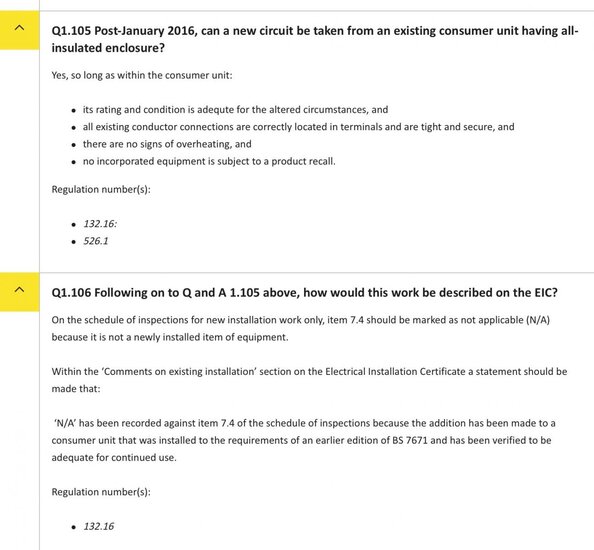LOL. I'm not sure how something which is so dangerous that it must be banned by BS 7671 due to the high likelihood of fire can be green-lighted because it was installed prior to the realisation that it was so incredibly dangerous!
It's certainly not an argument I would like to be making. (This does not necessarily mean that I personally consider current dis boards in domestic premises to be dangerous - it is an observation that JPEL/64 believe this to be the case evidenced by the pending requirements.)
But, as I say, there is no requirement that the actual distribution board be made of non-combustible material - there is more than one way to skin this cat!









